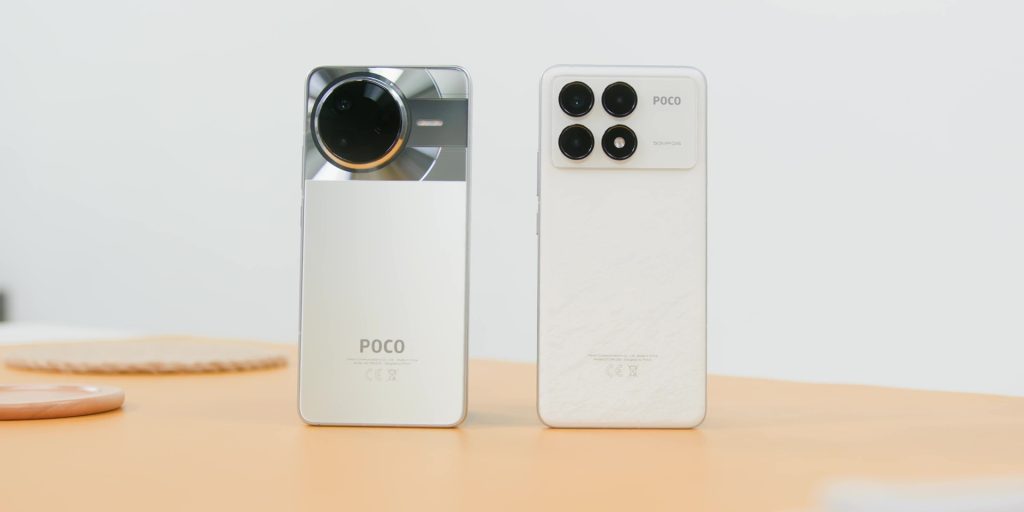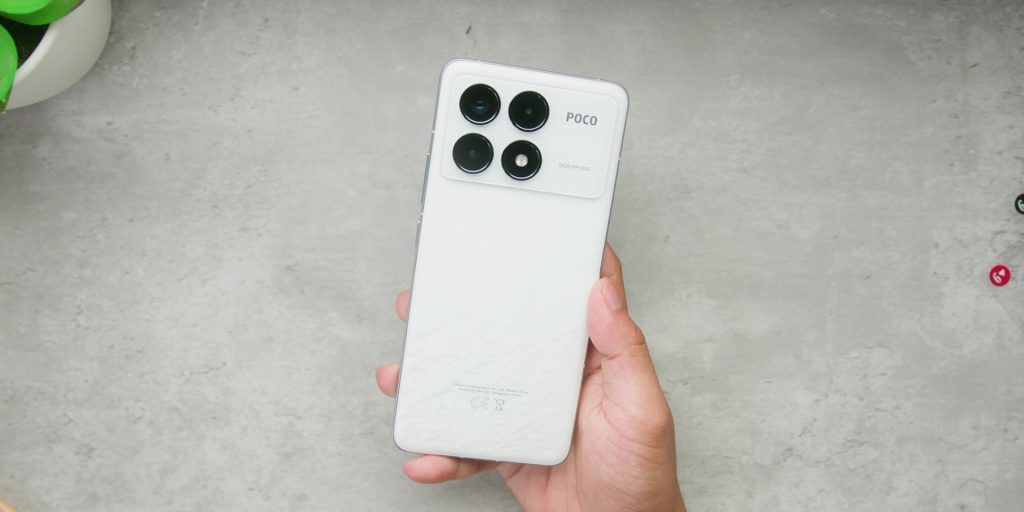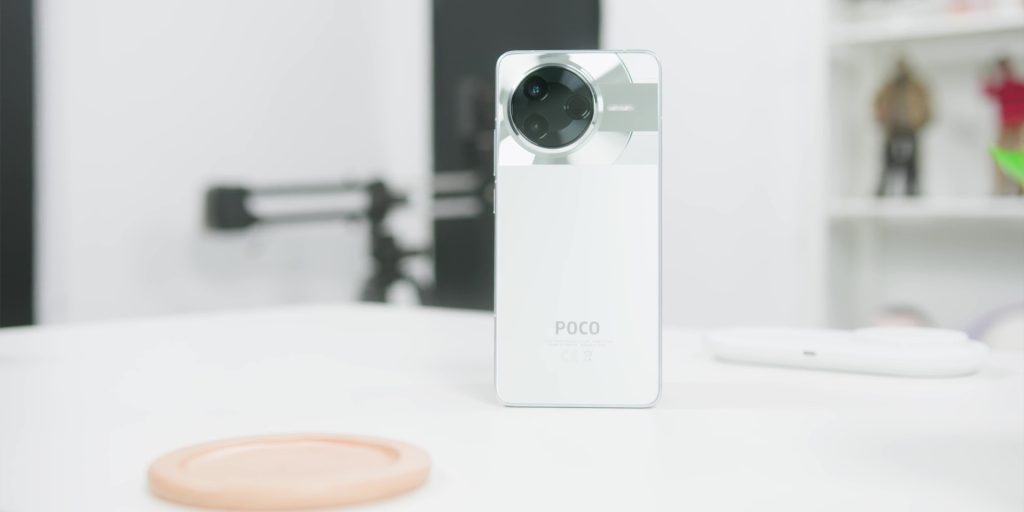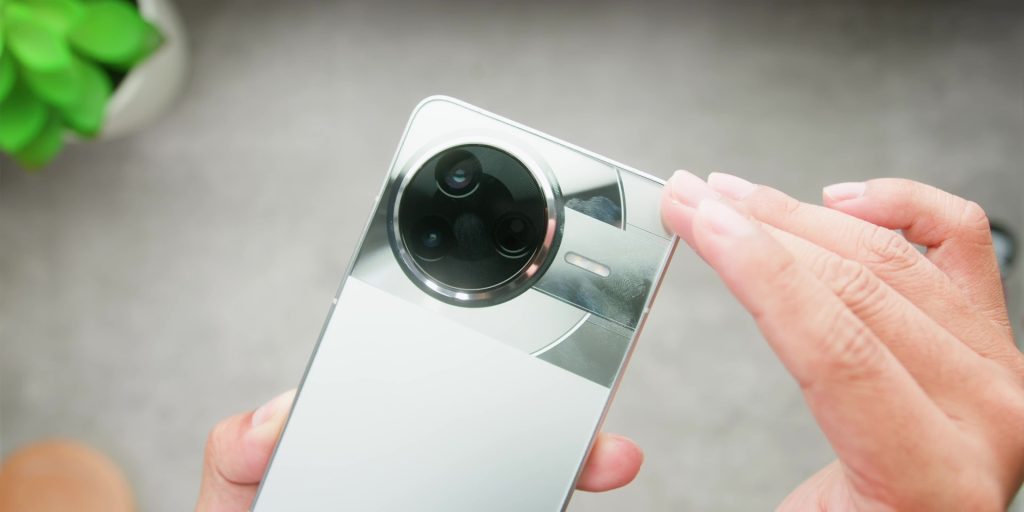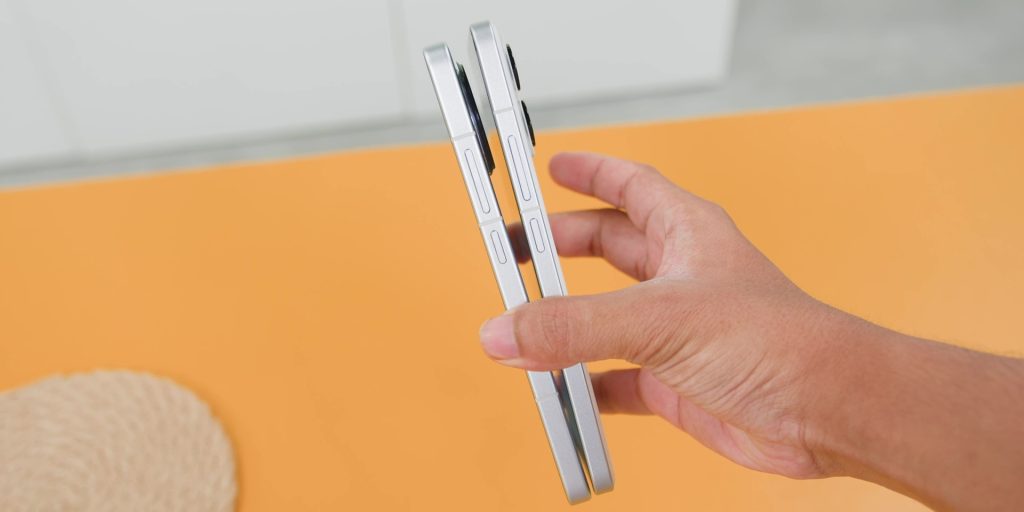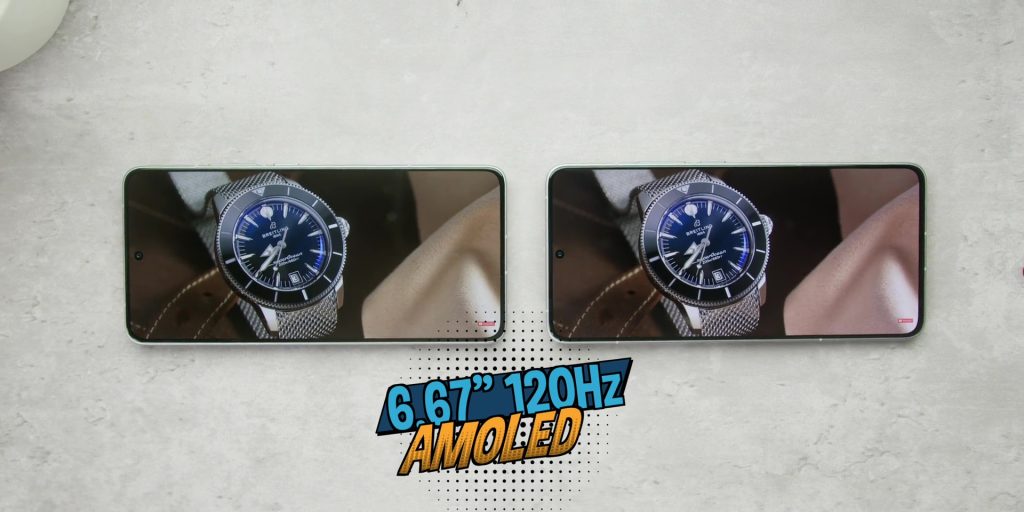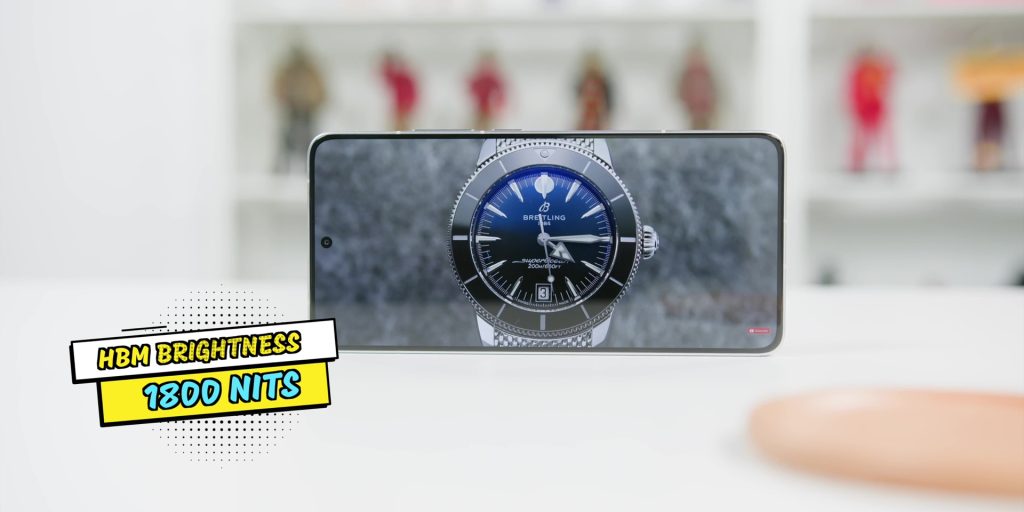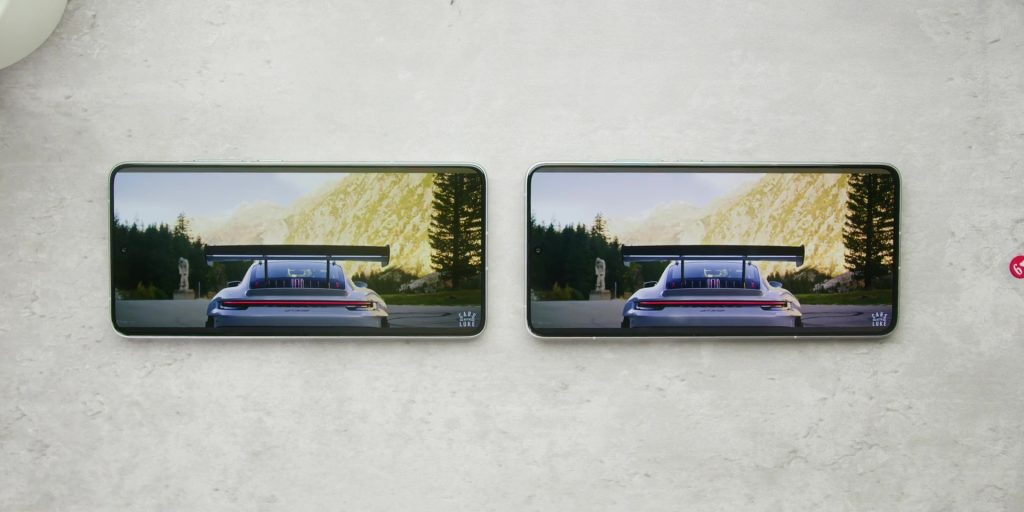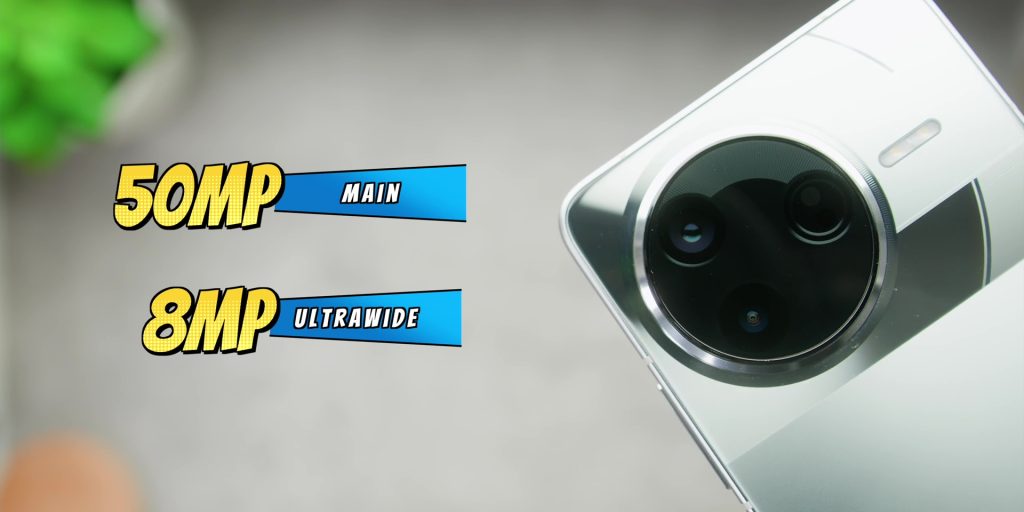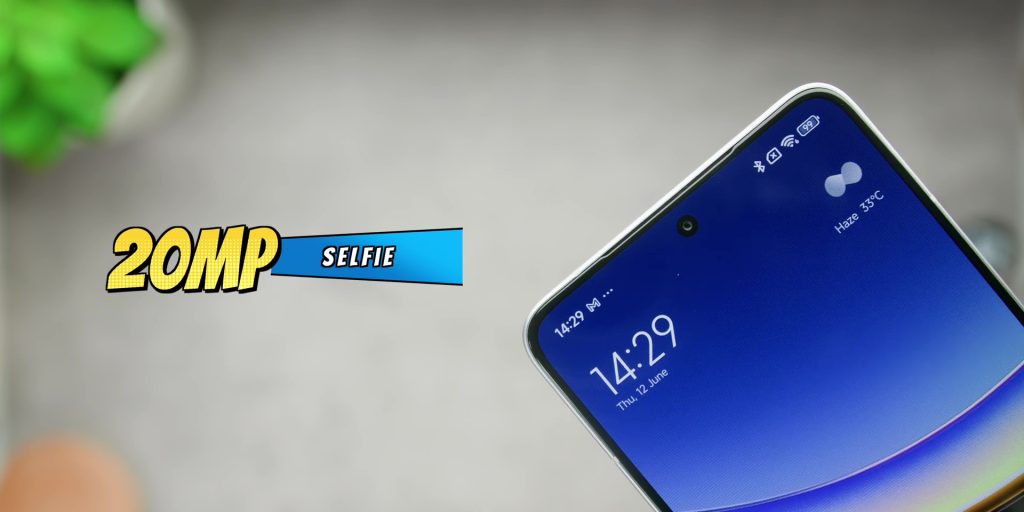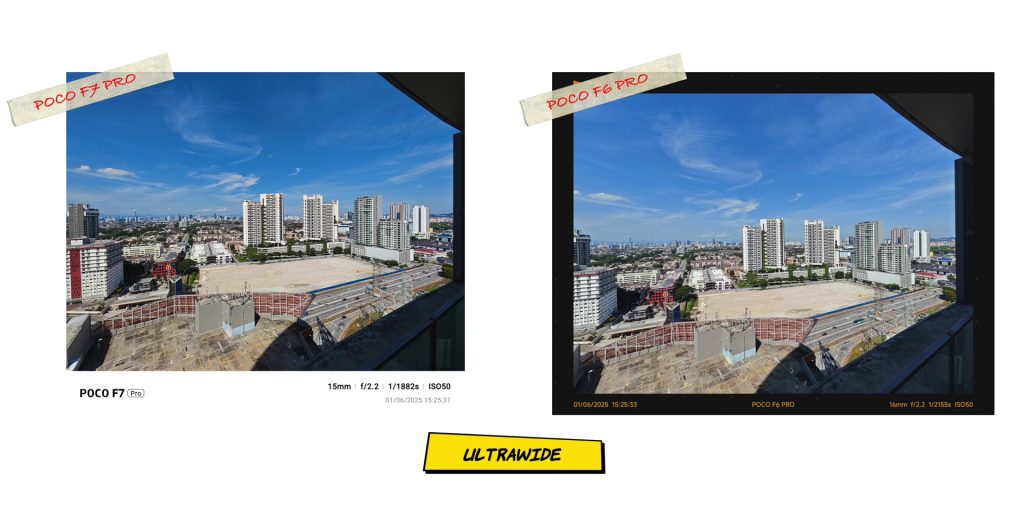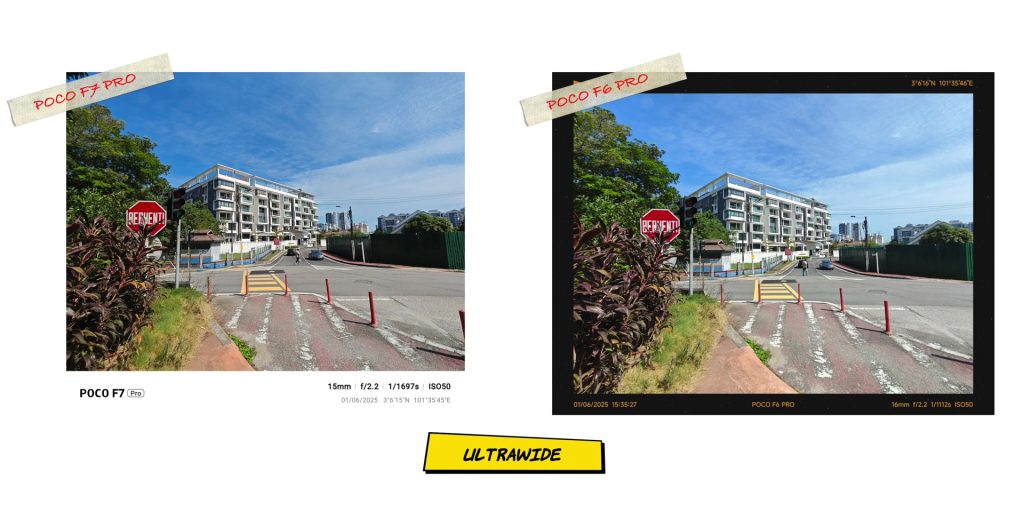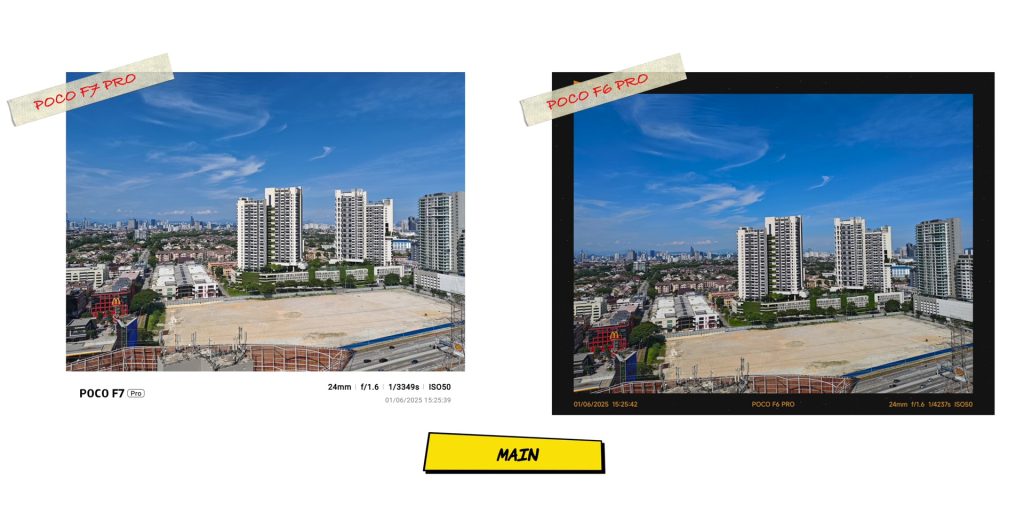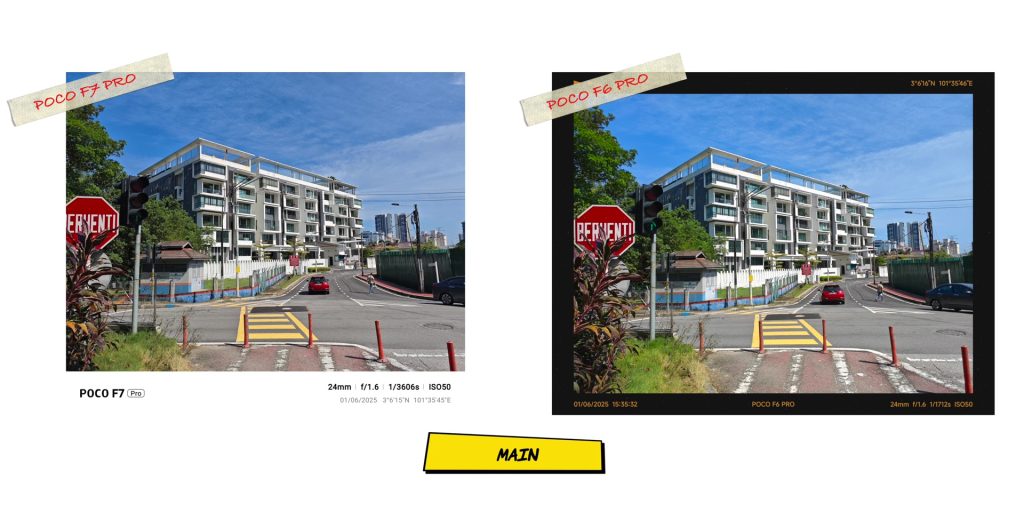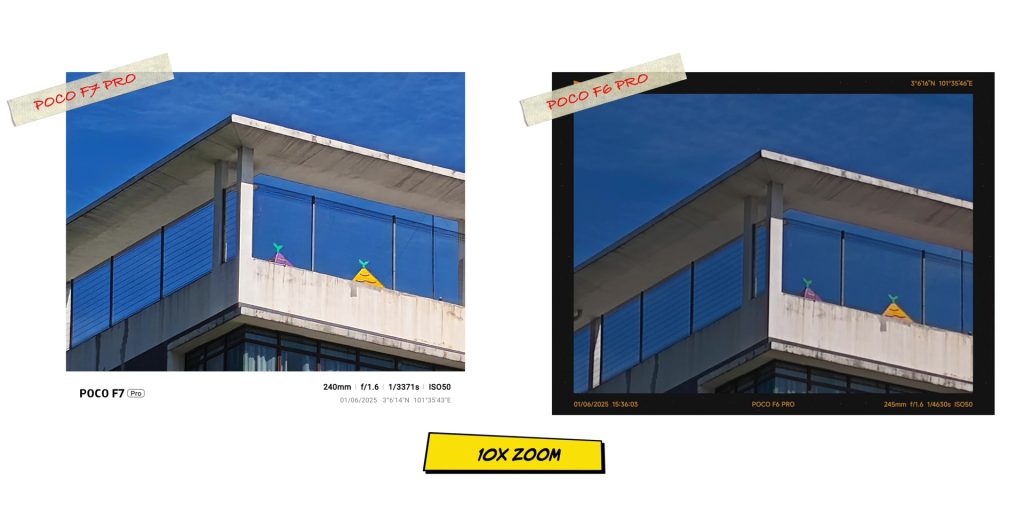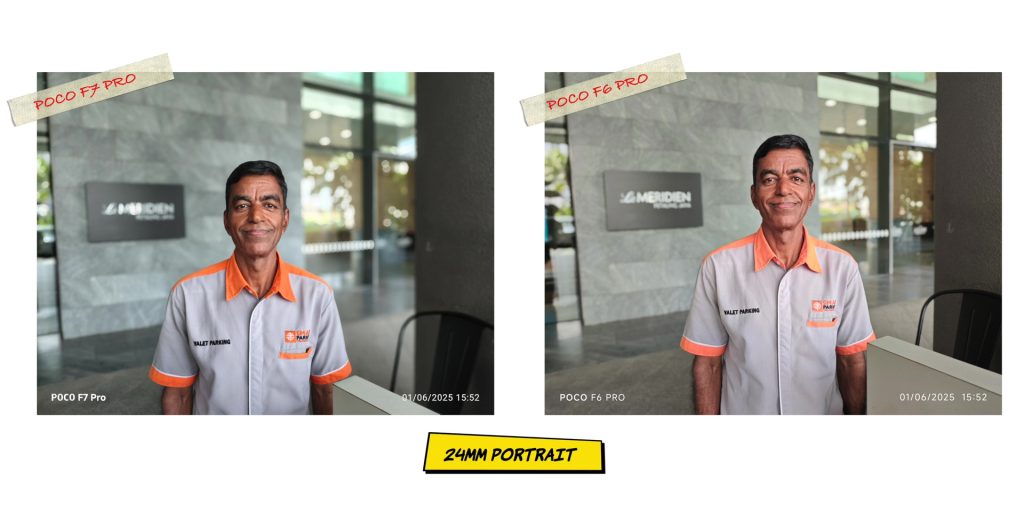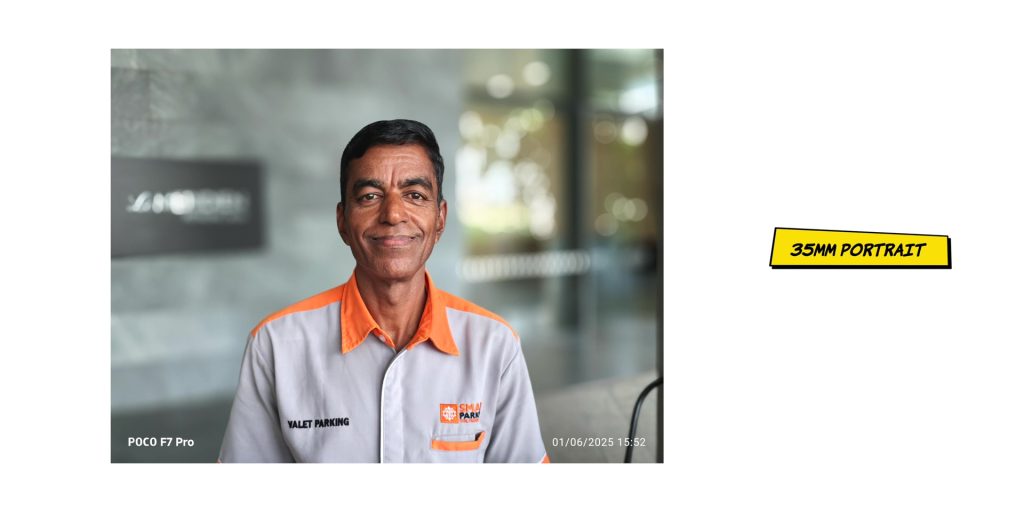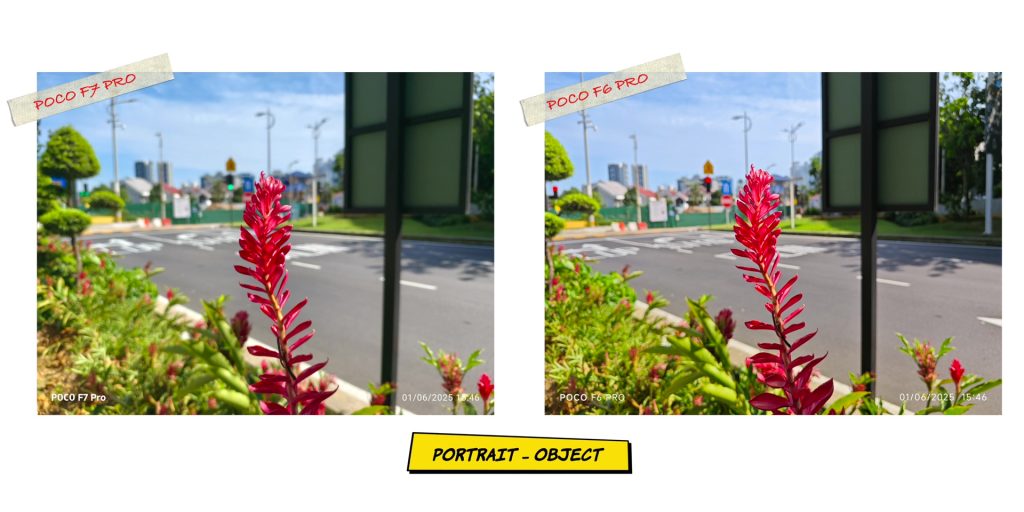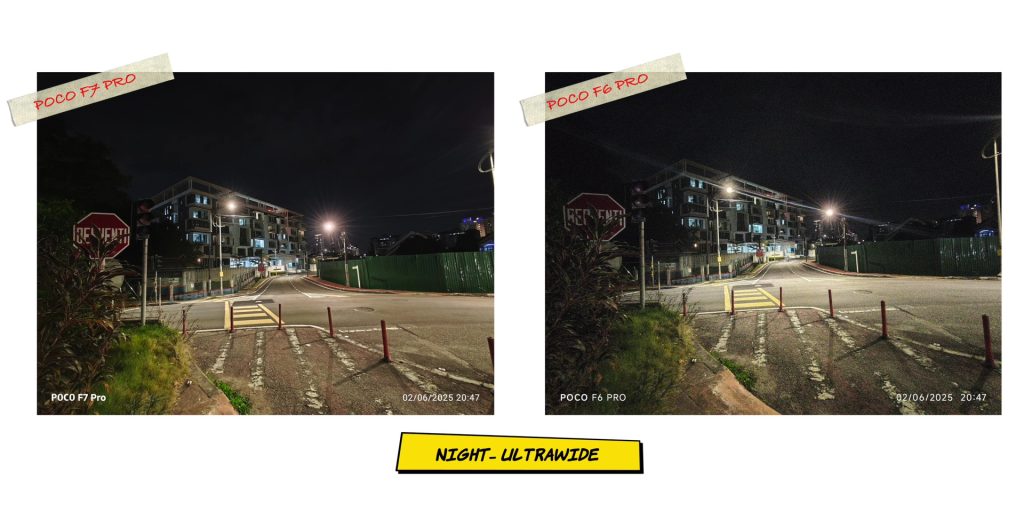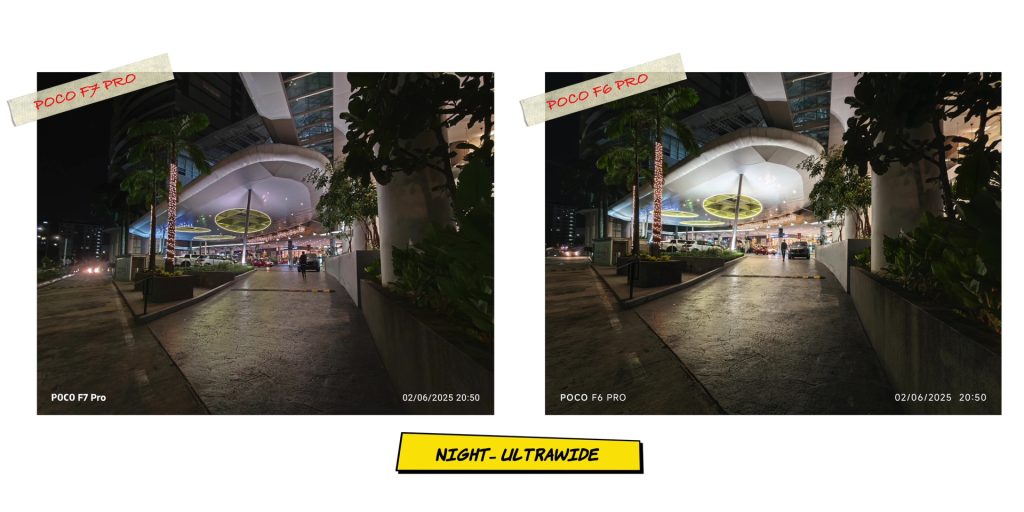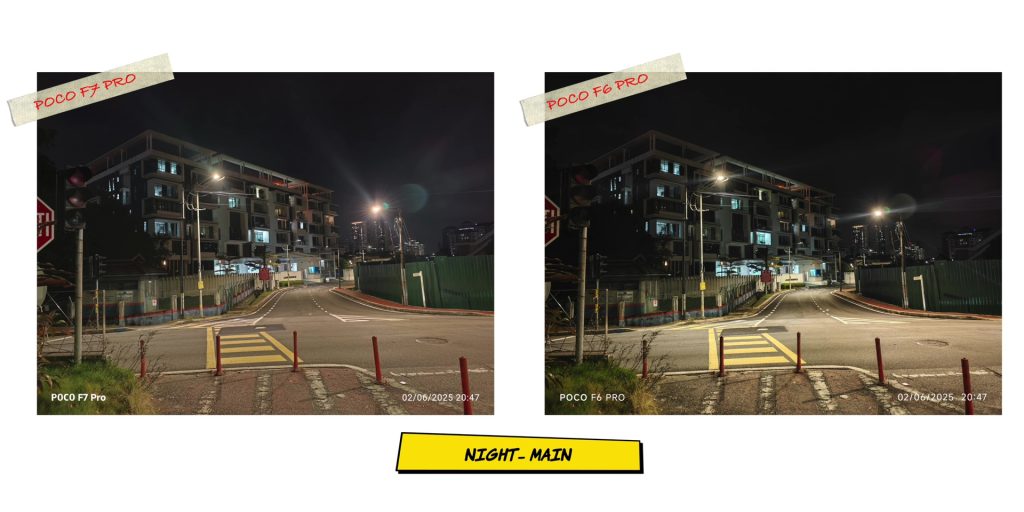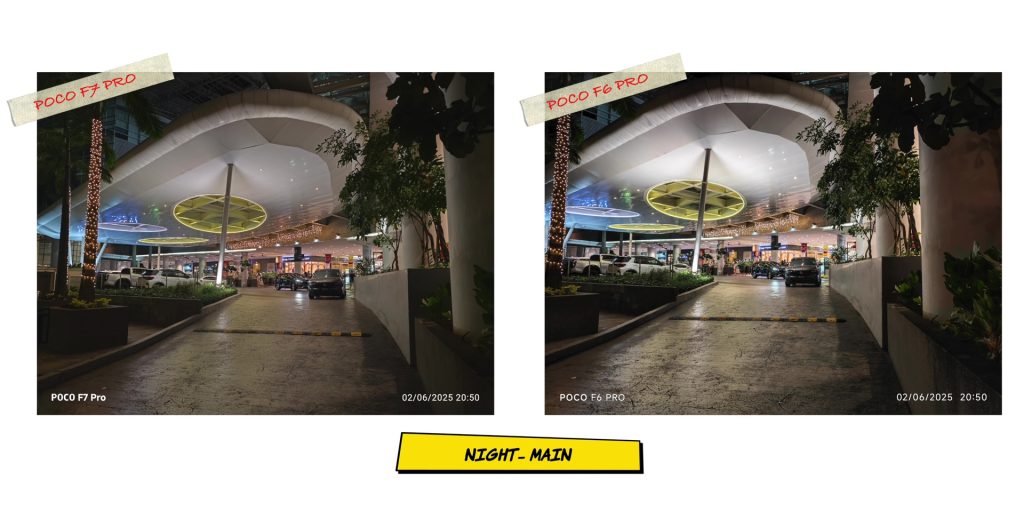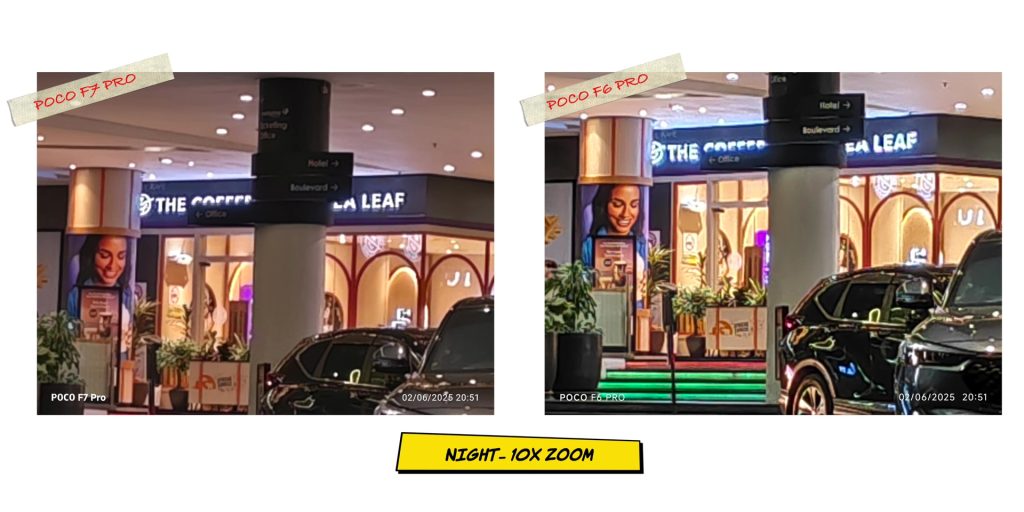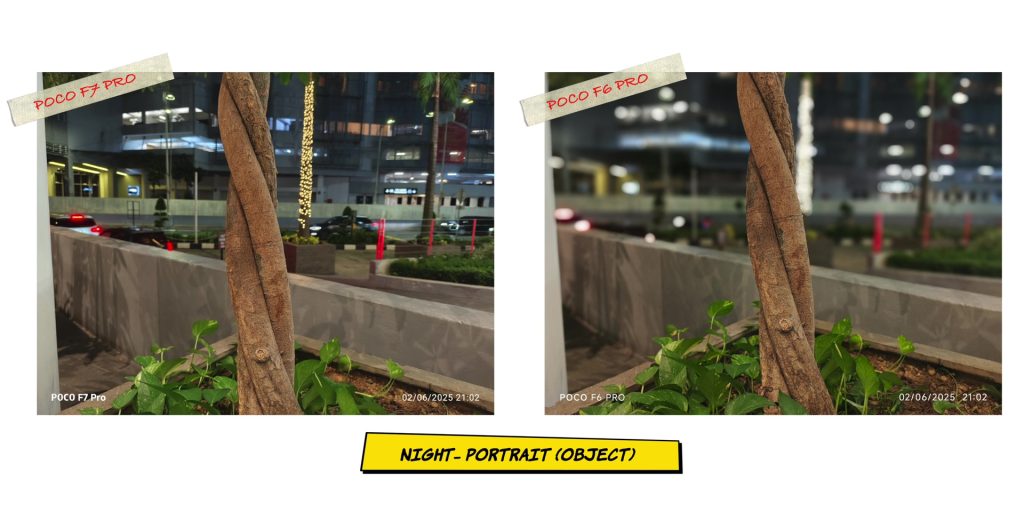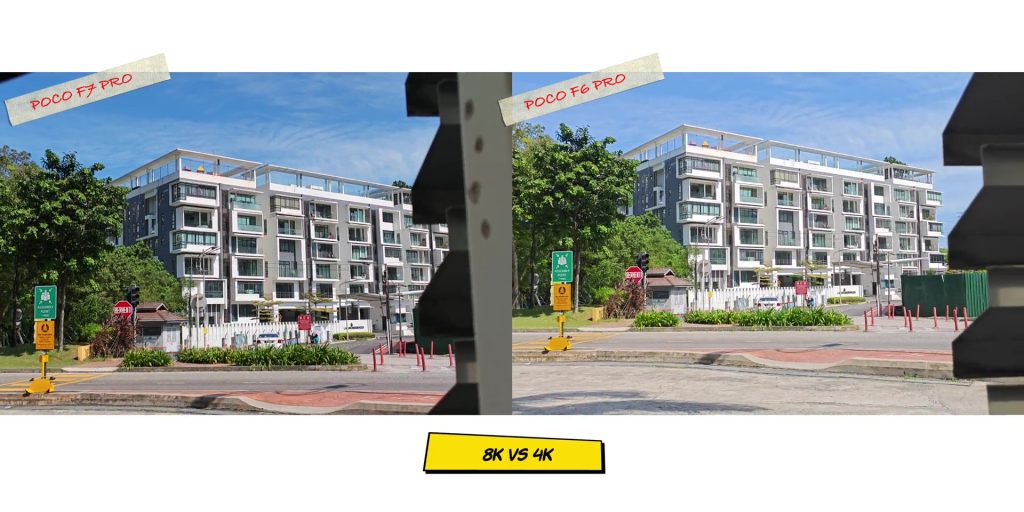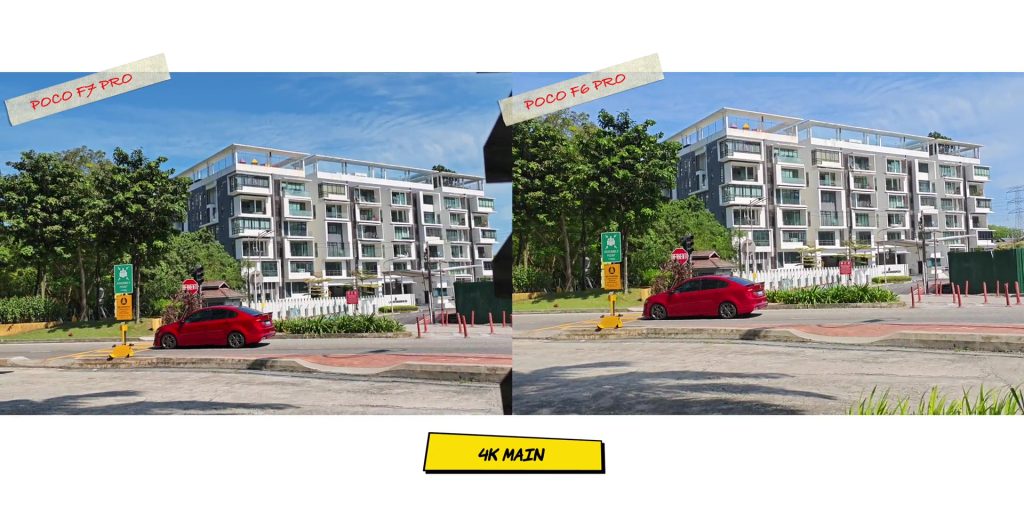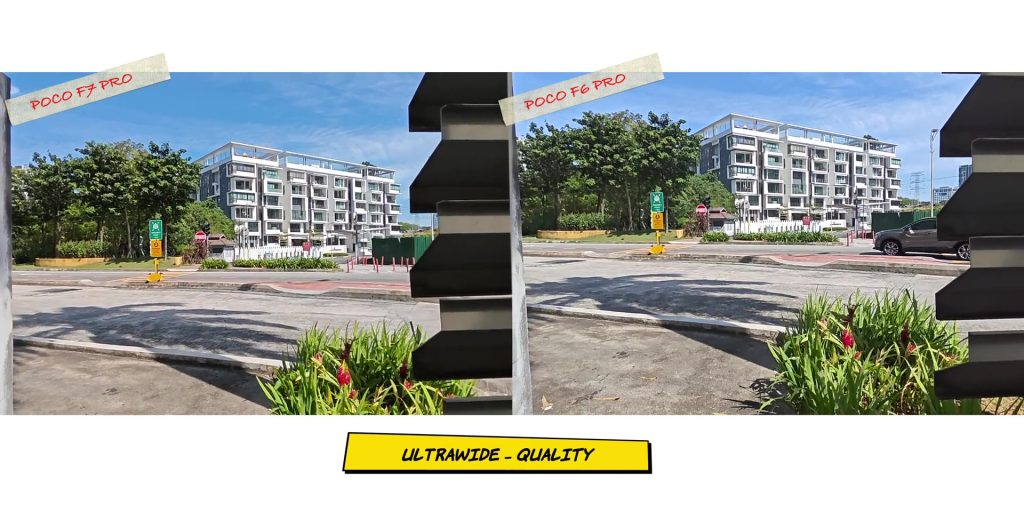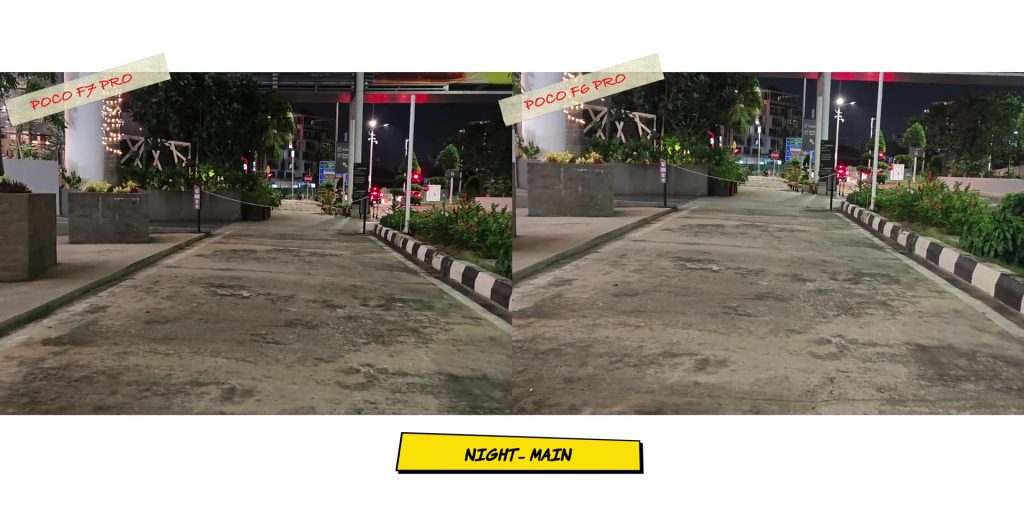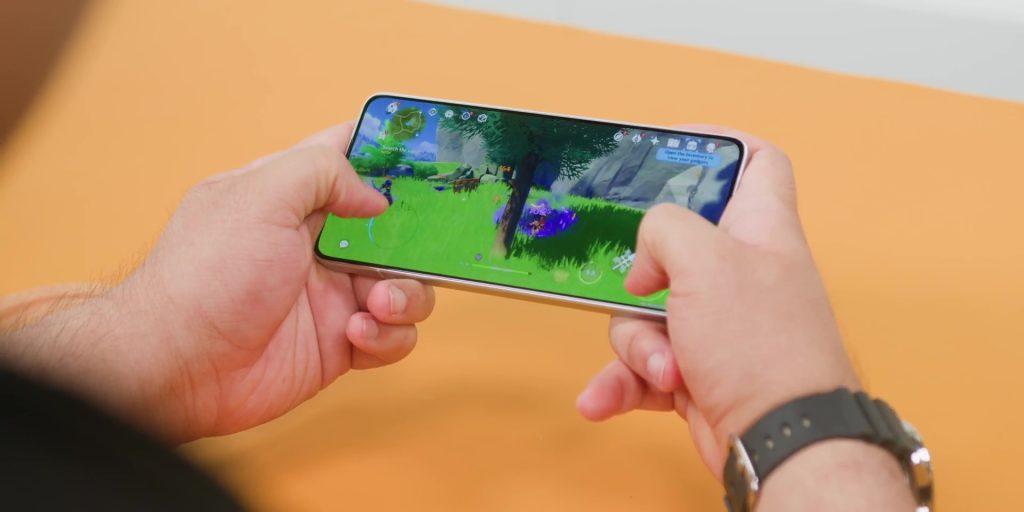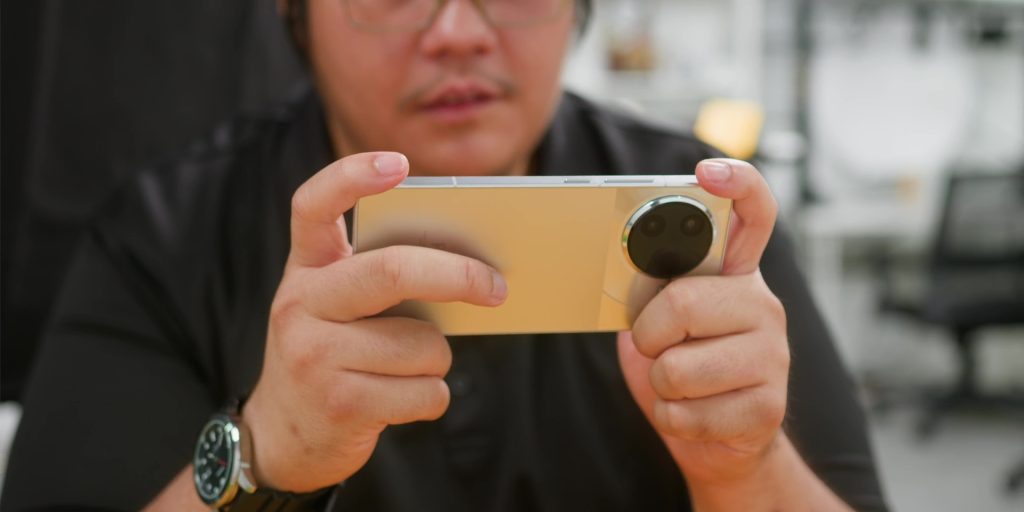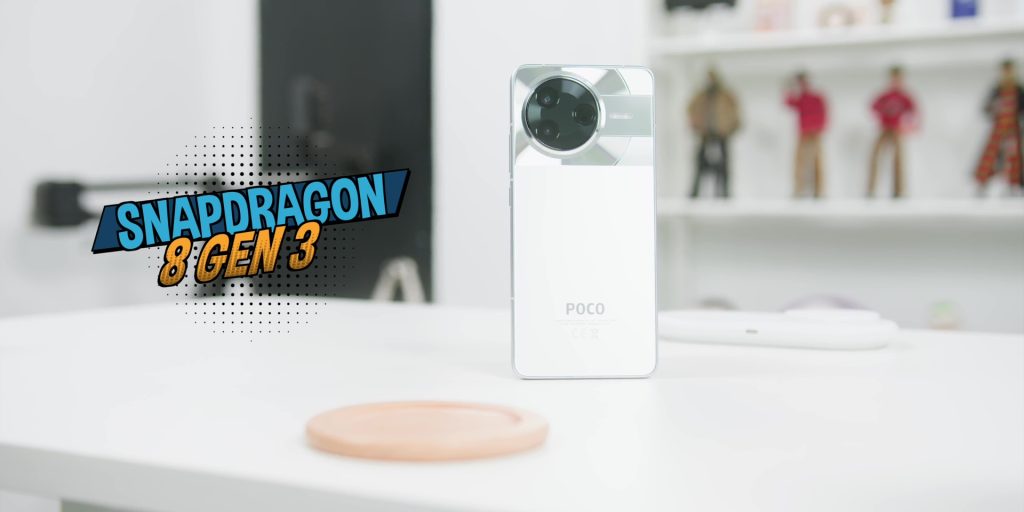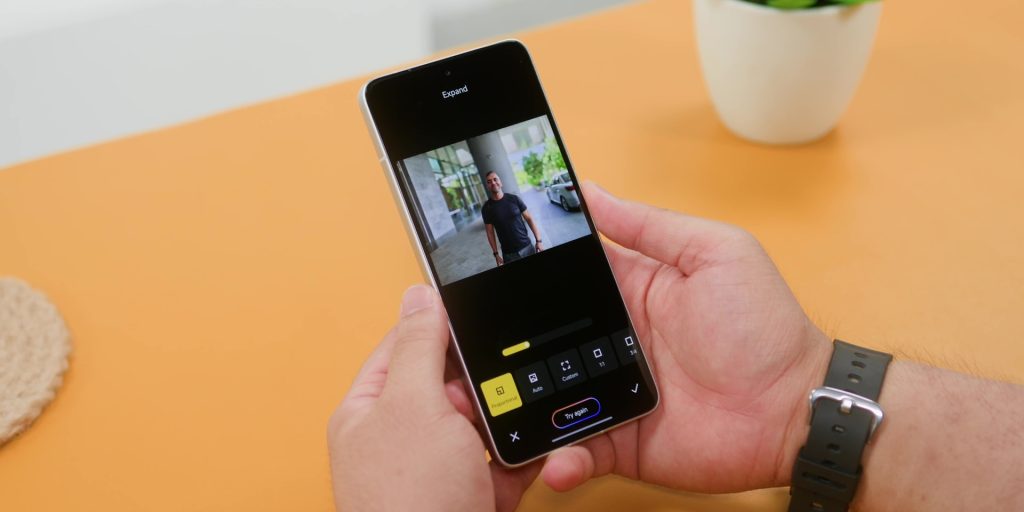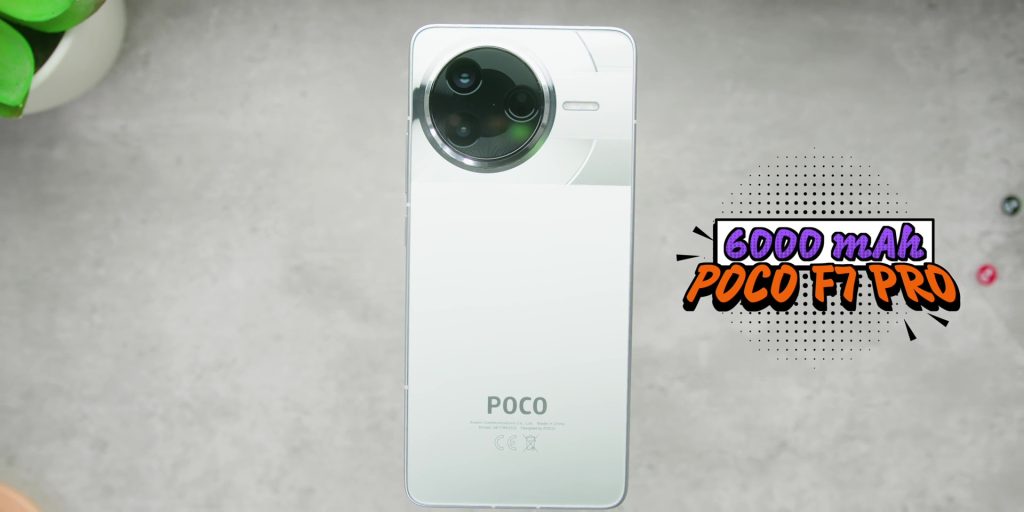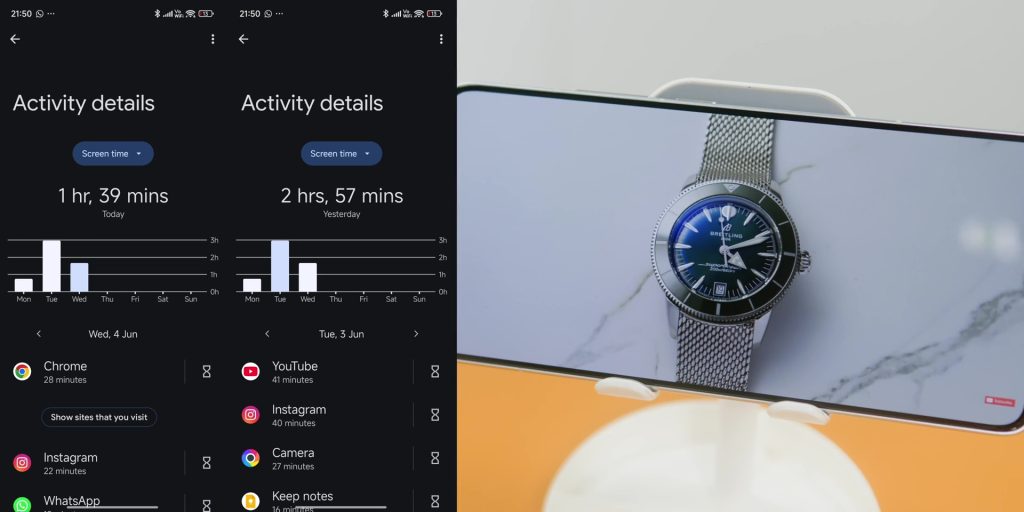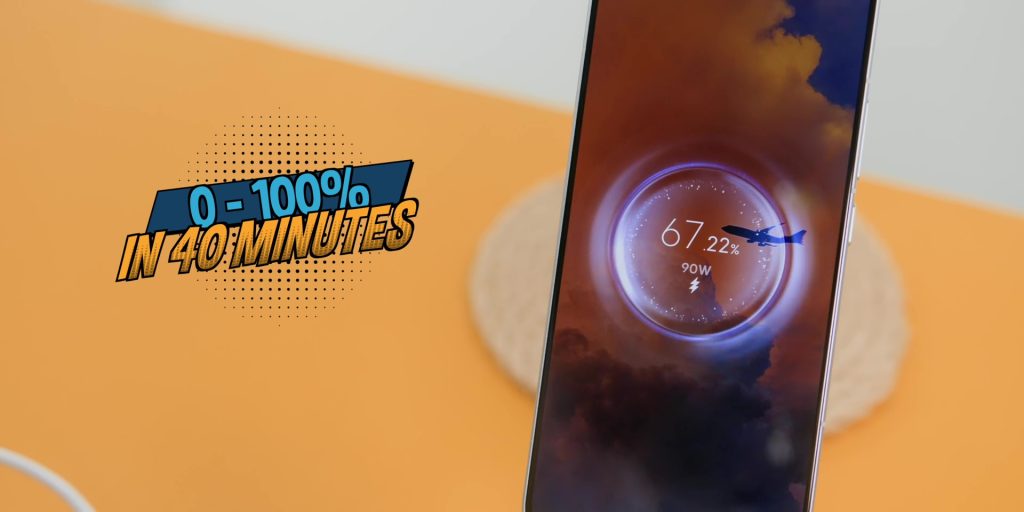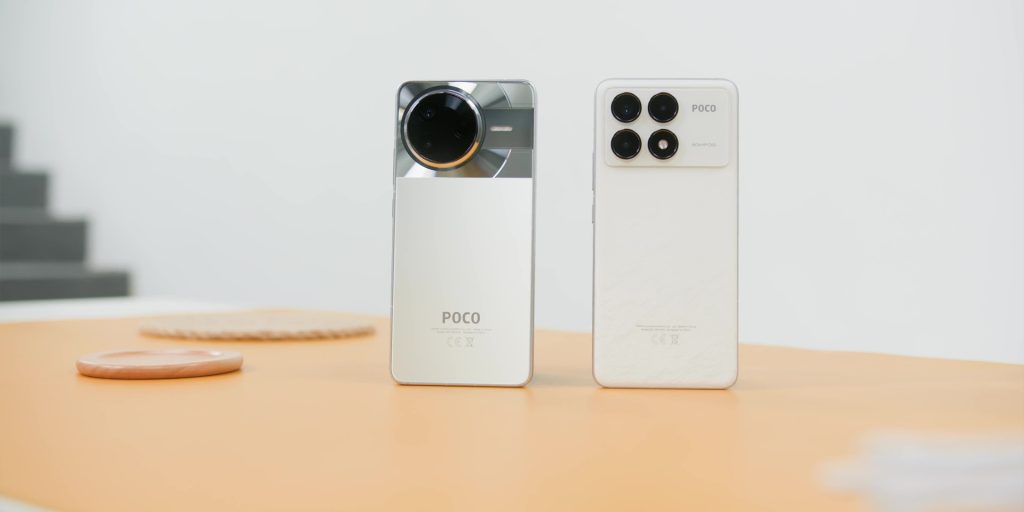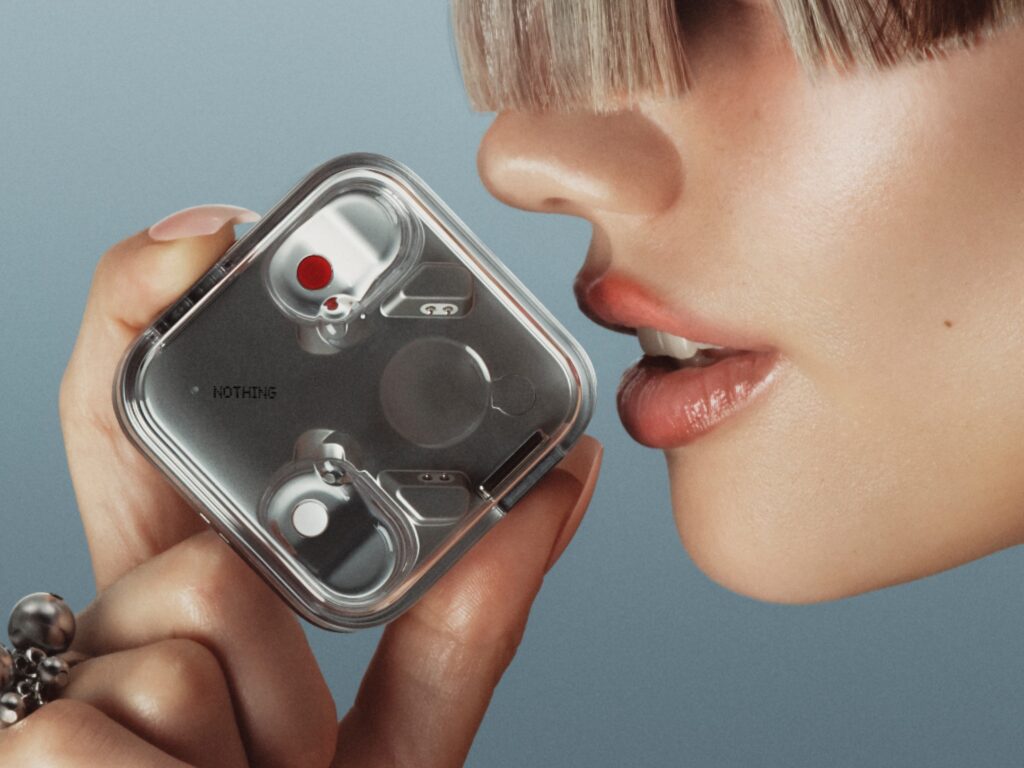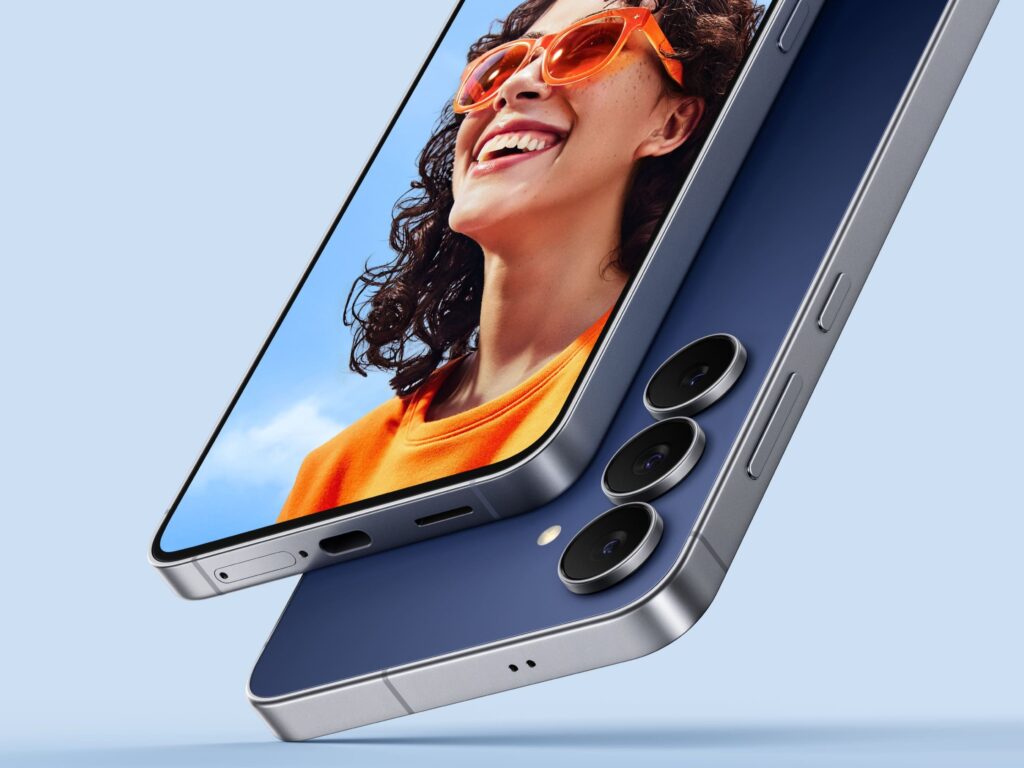Most generation-to-generation upgrades… meh, same story. But the jump from the POCO F6 Pro to the POCO F7 Pro felt different – better battery, longer software support, a cleaner design where it ticks all of the flagship boxes.
But is this finally a flagship killer or a really good imposter? Well, let’s compare and find out which is truly a better option.
Design
Design & Build
Starting from the design, the POCO F6 Pro has a similar Rococo Pearl look to the HUAWEI P60 Pro, which I liked then and still love. The clean and the minimal aesthetics do indeed look nice and very timeless, almost like a Porsche car. Those designs were just perfect no matter which decade or year that you look at it.
But the four circular individual camera array design didn’t give me a nice feeling in terms of the looks of it, as I did prefer the circular single moon camera array that the POCO F7 Pro has.
At first, I was skeptical about liking the off-left position that it had, but the design was more thought out since the flash was towards the right-hand side instead of having a dedicated four circular array that the POCO F6 Pro has.
But even with such differences of the placements and all of the camera arrays, the very good news is that both do not wobble when you’re typing the phone on the surface.
Finish
Both phones have a matte finish, so it did feel very nice in the hands, and it also meant that you won’t get any fingerprints at the back. But you may get some fingerprint smudges towards the top of the F7 Pro because the finish on top was shinier over there with a two-tone finish on this particular Silver variant.
But this Silver variant did blend very well towards the sides, as the aluminum sides felt equally as good in the hands with a flat surface on the sides on both phones too.
So, overall, from a design perspective, of course, this is based on a personal preference. For me, as much as I really love a white color finish smartphone, my pick this time around would be the F7 Pro because of how classy it looks overall.
And the IP68 rating on this compared to just IP54 rating on the POCO F6 Pro was also a huge plus as well.
Display
The 6.67” 120 Hz AMOLED screen on both of these phones were really amazing. The screen protection on the F7 Pro has been upgraded to Gorilla Glass 7i instead of Gorilla Glass 5 last year.
But what’s interesting or weird is the fact that this POCO F6 Pro has a higher peak brightness of 4,000 nits instead of 3,200 nits on the POCO F7 Pro. But does that matter in day-to-day usage? And does it show any significant difference?
The answer is obviously no. Because what matters the most is the HBM brightness, where the POCO F7 Pro was at 1,800 nits compared to 1,200 nits on the POCO F6 Pro.
In case you did not know, the HBM brightness means that the automatic brightness values will also be slightly better on the POCO F7 Pro. But then again, this is also not a very noticeable difference because even when I stood under the sun here in Malaysia comparing this side by side without being all technical with the numbers, the difference was almost zero for me.
You do have an option to increase the resolution to WQHD+ if you want, as it defaults to FHD+, but the FHD+ display was also really good, especially if you want to save battery, and more on the battery life later on.
So from a display perspective, it is a tie over here. Even so from an entertainment perspective, as the speakers were equally as good for a phone within this price range.
Cameras
As for cameras, POCO has remained the same specs for the main 50 MP and the ultrawide 8 MP lens since last year, just bumping up the selfie camera on this POCO F7 Pro to 20 MP instead of 16 MP. But they have also removed the dedicated macro lens. Rest in peace, or good riddance, little one.
Ultrawide Lens
The ultrawide lenses on each were almost identical when comparing side by side, with probably a very tiny saturation on the POCO F7 Pro.
Main Lens
The same could be said for the main lenses, with the focal length being identical at 24mm with the same aperture value as well.
Zoom
But when you zoom up to 2x, the POCO F6 Pro zooms a bit more at 49mm instead of 48mm. Even the 5x zoom is more punched in on the POCO F6 Pro at 122mm instead of 120mm on the POCO F7 Pro. 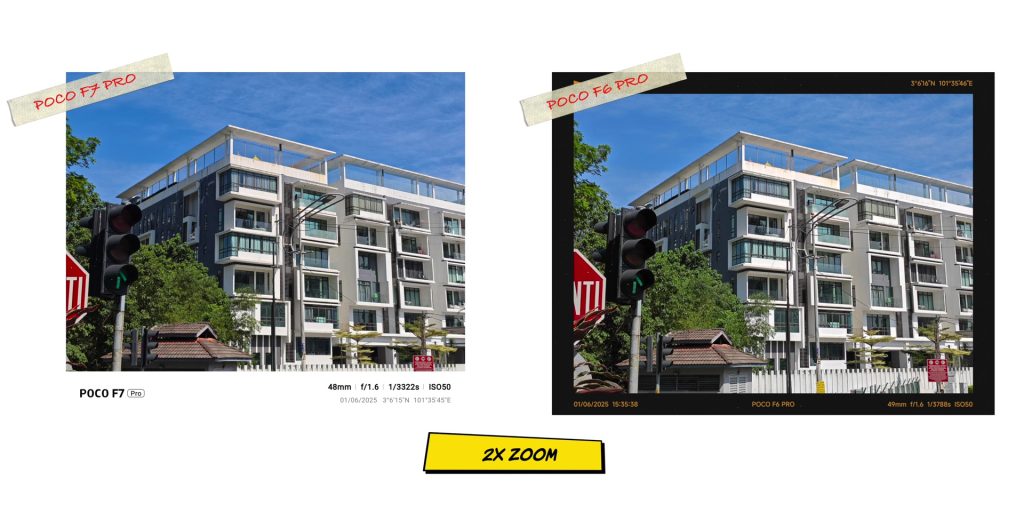
But the details were a bit better on the POCO F7 Pro, however, while the POCO F6 Pro goes to a max zoom of 10x zoom, the POCO F7 Pro can go up to 20x zoom at 480mm.
Portrait Modes
Even though it has the same lens, POCO has surprisingly given us two modes for the portrait mode on the camera app on the POCO F7 Pro: a dedicated wider 24mm and a 35mm focal length.
At 24mm, the portrait mode on both looked really great, only with the skin tones just slightly accurate on the POCO F7 Pro on these two human subjects.
And the 35mm portrait mode looked really nice with a nice subject-to-background blur on the POCO F7 Pro.
And the story was the same on object portrait mode shots too.
Selfie
Selfie photos on the POCO F7 Pro did look a bit more color accurate, while the subject-to-background blur was nice, but the skin tones were once again better on the POCO F7 Pro.
NIGHT SHOTS
Ultrawide Lens (Night)
However, where you start to see the POCO F7 Pro do a way better job is when taking photos at night, where the darker area of this first ultrawide shot looked very grainy on the POCO F6 Pro.
If there’s a scene where there is a bit more light in the shot, like this second shot, it does better on the POCO F6 Pro. But the way that the POCO F7 Pro handles the highlights was obviously and noticeably better as well in the middle areas of this image.
Main Lens (Night)
Then things start to look better on the main lenses for the POCO F6 Pro, so it does look very close to each other even if you zoom up to 2x. But beyond that, you’re going to have a huge image quality drop.
Portrait Mode (Night)
Then the portrait mode at night was also a little peculiar on the POCO F7 Pro, as it didn’t create the bokeh at the 24mm for some strange reason.
It did better on the 35mm instead, but you can expect some great results in the night portrait mode for objects. 
Selfie (Night)
Then another interesting fact is the fact that the selfie photos on the POCO F6 Pro were better on the skin tones at night in this particular first image, but the image processing was better on this second selfie image.
VIDEO
[Sample video footage are in my YouTube video, do check it out!]
Main (Video)
As for video, the POCO F6 Pro can record up to 8K 24 frames per second for the rear cameras. I would love for it to have 30 fps on 8K, but then again, how often do you actually shoot 8K recording on your phone, right?
Comparing side by side on the 4K video on the POCO F6 Pro, obviously, you’ll get more details on the 8K recording, where it had even better contrast, which was nicer too.
But if you compare just the 4K video on both, the story was almost the same as the pictures, where it was a little more saturated on the F7 Pro. Other than that, the quality remains great on both, so it was on the 2x video recording quality. But quality-wise, I wouldn’t recommend the 6x zoom video at all, as it was not really great.
Ultrawide (Video)
As usual, the ultrawide cameras can only record up to 1080p. Yep, until now. So you’ll notice a drop of quality.
Stabilization-wise though, the 1080p video was really good. The main 1x 4K video is also really great with quite a decent stabilization at 2x video. But while the stabilization and the exposure handling for the front cameras on both was really great, the POCO F7 Pro did a better job on the skin tones.
Front Camera (Video)
And yes, even the front cameras only record up to 1080p 60fps up until now.
Video Recording (Night)
At night, there’s a dedicated night mode for video, but only for the main lens, where the stabilization was decent with a very minimal jitter. The quality dropped significantly for the 1080p, where the image stabilization was decent, but the jitters were more noticeable on the ultrawide lenses.
So for the sake of having the best, I would just recommend using the 4K video recording all the way, as it was the best to use at night or even in a darker environment. As predicted, the video recording for the front cameras at night was not good at all besides the decent stabilization.
Do check out my vlog test on my YouTube video.
Gaming
Performance
Gaming on both phones was quite interesting. Testing both phones on Genshin Impact, the battery drain on the POCO F7 Pro was better, dropping about 14%, close to 45 minutes of continuous gaming compared to the F6 Pro, where it dropped about 12%, only about 20 minutes of gameplay.
Both felt great to game on because of how the both phones were designed and how it felt on the hands as mentioned earlier. So gaming for long periods was all good over here, and it played really well at the highest settings at 60fps. Both phones also ran the highest graphics settings at max on COD Mobile.
Heat Management
Heat management was also really great. It was warm to the touch, but not very hot at all. Hence, there were no drop frames either. So the difference between both of the chipsets when it comes to gaming is almost nothing.
Chipset
Speaking of chipsets, compared to the Ultra variant, the POCO F7 Pro uses the Snapdragon 8 Gen 3 chipset, and the POCO F6 Pro uses the Snapdragon 8 Gen 2 chipset, where both are built on the 4nm process. Does it have a difference when it comes to the software performance?
Software
Well, first of all, it is very important to note that the ads are still here, definitely more frequent compared to the flagship Xiaomi devices. But as mentioned, this is how the brands keep the cost of the phones lower for us, so I can live with that by saving money on buying these two phones.
At first, when I was comparing both of these side by side before updating to the latest software, the home screen was not very consistent when it comes to the menu options. But since both devices are updated to the latest Xiaomi HyperOS version 2.0.103.0.
So yes, one huge credit I have to give to POCO is the fact that it is probably the first time that a previous generation device, in this case the POCO F6 Pro, has the same version update as the latest generation phone. So good job, POCO! It feels really good that the previous generation devices are not left out because you can expect the same experience using it daily.
All of those AI software features that are on the Xiaomi or POCO devices like the AI Expand, AI Erase and others also perform equally as well.
The POCO F7 Pro comes with 4 years of software updates with 6 years of security updates compared to just 3 years of software updates and 4 years of security updates on the POCO F6 Pro. So that is something that you’ll need to definitely be aware of.
Battery
Battery Capacity
But the battery life on the POCO F7 Pro was a whole different story… or was it? Because what’s interesting is that this has a massive 6,000 mAh of battery, which is not only bigger than the POCO F6 Pro, but also bigger than the Ultra sibling, with that only being at 5,300 mAh.
So my initial expectation is that the POCO F7 Pro is going to beat the F6 Pro by a mile since it had 1,000 mAh of battery more, right? But guess what? Yeah, it kind of did, not the difference that you would expect…
Because while the POCO F6 Pro gave me a screen on time close to 4 hours+ at FHD+ resolution, the POCO F7 Pro gave me a screen on time close to 5 hours at 13% battery left with the phone having a 2-day battery. No way close to the amount of battery that I got on the vivo V50 Lite, which has the same 6,000 mAh of battery, which gave me about 3 days straight.
Charging
But what is even mindboggling is the fact that this F7 Pro still does not have wireless charging. Why does that make me annoyed? Remember the POCO F5 Pro 2 years ago? If you didn’t, it’s fine. Well, that phone 2 years ago had wireless charging.
So when they took it off last year, I thought, you know what, they might bring it back on this particular phone. But nope, not in this phone, even though it has a glass back. So it’s like buying a sports car without reverse gear.
Another weird quirk is the fact that the POCO F6 Pro supports up to 120W of wired charging. The charger does come inside of the box, so you can charge the phone from 0 to 100% in about 20 minutes.
But since it is a silicon carbon battery, which allows higher density with better thermal efficiency, the charging speed does drop slightly. Hence, there’s only 90W on the F7 Pro when it comes to fast charging. That goes from 0 to 100% in about 40 minutes.
For me, I didn’t mind that because I obviously prefer a bigger battery than fast charging anyway. So that was fine by me.
Conclusion
While we live in a world where most of the time it’s better to save money and go with last year’s generation phone for a year-on-year upgrade. This time around? Between these two, I would say just go with the POCO F7 Pro or can spend a little more and go with the POCO F7 Ultra instead, you can see that review over here.

